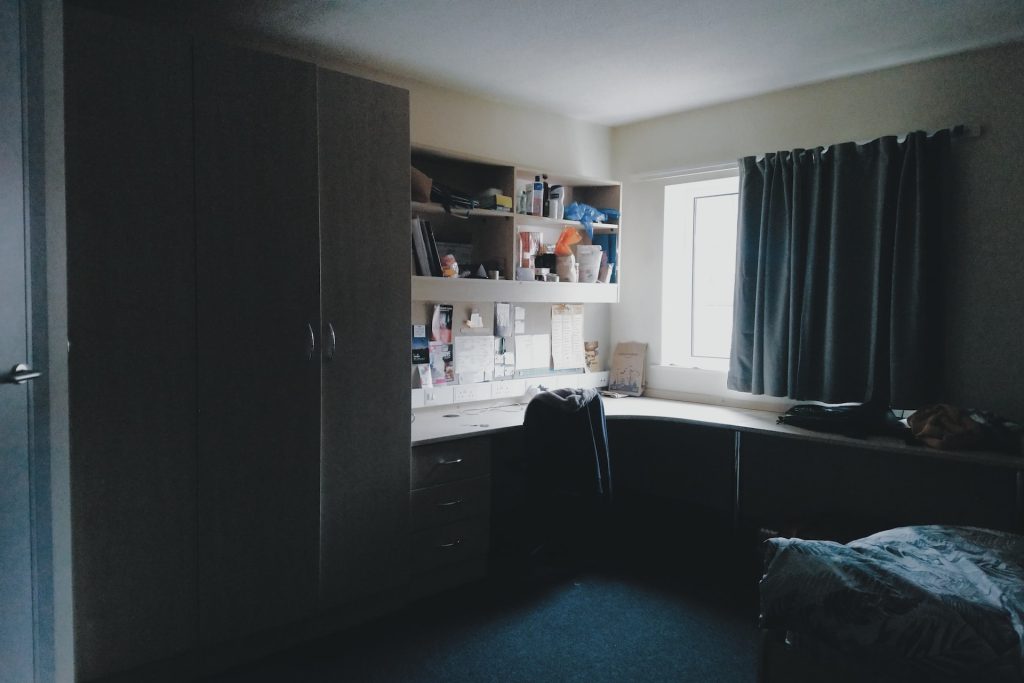Floor to Ceiling Curtains for Large Windows

Getting the right size of curtains can be a real pain. This is especially true if you’re looking for long, floor to ceiling curtains for large windows. A wall of glass may look amazing, but it’s not easy to find the right drapes for it. Fortunately, your search is over. With some help from Domir Blinds, you can order the perfect floor to ceiling curtains. What’s better is, they’re more than just curtains. Here’s what makes sheer vertical blinds so special.
Curtains That Aren’t Curtains
While regular curtains may cover your window with a bit of fabric, they don’t do much else. There’s not much finesse to their function. What is it that sheer vertical blinds offer that regular curtains don’t? Well, they’re more than just plain fabric. They offer privacy, views, and complete blackout functionality.
Sheer, Privacy Layer
Sheer vertical blinds come with two layers. The first layer is what we call the sheer, privacy layer. This fabric is a screen of sorts that specifically allows you to continue looking out your window while others can’t look back at you.
The sheer privacy layer of sheer vertical blinds is perfect for people who value their privacy but don’t want to cage themselves in all day. Enjoy the sunshine! Enjoy the outdoors! But don’t sacrifice your privacy for those views. Sheer vertical blinds gives you both benefits.
Blackout Layer
The second layer of sheer vertical blinds is the blackout layer. This layer is closed over the sheer privacy layer to completely block out the sun. Need a nap in the middle of the day? Working the graveyard shift? No problem! Closing the blackout layer of sheer vertical blinds will plunge your entire room into darkness – and look good doing it.
Beautiful Appearance
On top of its functionality, sheer vertical blinds are also a great replacement for regular floor to ceiling curtains due to their beauty. These luxurious curtains flow and drape nicely, just like any high quality curtains. If your home is in need of a classy piece of background decor, these floor to ceiling curtains will fill the role.
UV Protection
Did you know the sheer layer of these curtains can do more than offer privacy? Sheer vertical blinds also offer UV protection. The sheer layer of the curtain helps shield you from harmful UV rays. That means a healthier environment for pets, plants, and children, as well as yourself. Plus, it can help you to prevent sun-bleaching your fabrics. UV rays are what’s responsible for bleaching fabrics like blankets. Don’t let the sun ruin your vibrant fabrics by leaching the color out of them.
Floor to Ceiling Curtains in Toronto
If you’re looking for floor to ceiling curtains in Toronto, Domir Blinds is here to help. Our sheer vertical blinds are easy to purchase by ordering directly from us. Don’t pay the additional overhead by shopping at department or hardware stores. Beat the inflated prices by getting directly from us – the manufacturer. Give us a call if you have any questions. We look forward to working with you!



